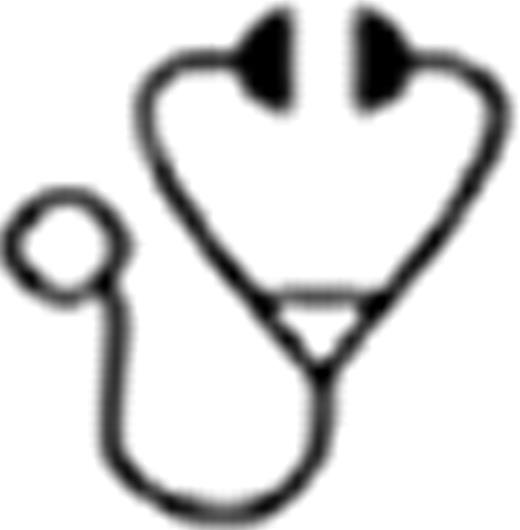Abstract
The fundamental challenge in designing an effective conditioning regimen for allogeneic transplantation involves the prevention of disease relapse while minimizing the risk for Graft versus Host Disease (GVHD). Treatment with total lymphocyte irradiation (TLI) and anti-thymocyte globulin (ATG) has been shown to minimize the risk of GVHD through the biasing of the T cell reconstitution towards an inhibitory phenotype. However, disease relapse remains a significant concern. Clofarabine is a second generation nucleoside analog with potent cytoreductive capacity and demonstrates efficacy in hematological malignancies. In this study, we examined the combination of clofarabine, TLI and ATG with respect to T cell reconstitution, risk for GVHD and transplant outcome. Sequential cohorts of 5 patients were treated with TLI and ATG alone or in conjunction with 20 mg/m2, 30 mg/m2 or 40 mg/m2 of clofarabine for 5 days. Cyclosporine and mycophenolate mofetil were administered as GVHD prophylaxis. Twenty patients have been enrolled (5 AML/MDS, 2 ALL, 6 lymphoma, 2 CLL, 5 myeloma) and received HLA matched peripheral blood stem cells collected from related (N=11) and unrelated donors (N=9). Of 19 evaluable patients, 15 are alive with a median follow up of 665 days. Day 30 and 100 mortality was 0% for TLI and ATG and 0% and 10% for those receiving clofarabine. The maximum tolerated dose (MTD) of clofarabine was 30 mg/m2 as 2 patients experienced treatment related mortality at the 40 mg/m2 dose level. Grade 5 infections and multiorgan failure occurred in both patients. All patients demonstrated engraftment with mean bone marrow donor chimerism of 92.5% at Day 30. The first cohort's ANC did not drop below 500 cells/uL, while median time to neutrophil engraftment in the patients who received clofarabine was 9 days. The median time to platelet recovery was 11 and 12 days for patients receiving TLI and ATG alone or with clofarabine, respectively (p=0.39). T cell reconstitution studies demonstrated a significant decrease in CD4+ cells to (<200 cells/uL) persisting for more than 6 months and a more than a two fold increase in circulating CD56+ NK cells. No significant decrease in CD8 T cells in the early post-transplant period was seen in either group. The mean percentage of regulatory T cells (CD4+/25+/FoxP3+) rose in the early post-transplant period following TLI and ATG (5.5 to 14.2% from baseline to day 30; p=0.015), but not in those receiving clofarabine (8.1 to 6%; p=0.15). Assessment of T cell polarization at these time points demonstrated a two fold increase in CD8+ T cells expressing IL-4 at Day 30 in patients receiving TLI and ATG alone (p=0.04); but not following clofarabine containing conditioning. Consistent with these findings, the incidence of grade II-IV GVHD was 0% and 42% in those receiving TLI and ATG alone or in conjunction with clofarabine, respectively. cGVHD was seen in 20% and 42% of patients, respectively. In contrast, disease progression was seen in 60% of patients receiving TLI and ATG alone as compared to 27% receiving clofarabine, TLI, and ATG. In summary, the addition of clofarabine to TLI and ATG conditioning resulted in a decrease in circulating regulatory T cells, decreased CD8+ T cell expression of IL-4, and was associated with an increased risk of GVHD and a potential for a decrease in the risk of relapse.
Chen:Genzyme: Membership on an entity's Board of Directors or advisory committees. Avigan:Genzyme: Research Funding.

This icon denotes a clinically relevant abstract
Author notes
Asterisk with author names denotes non-ASH members.

This feature is available to Subscribers Only
Sign In or Create an Account Close Modal